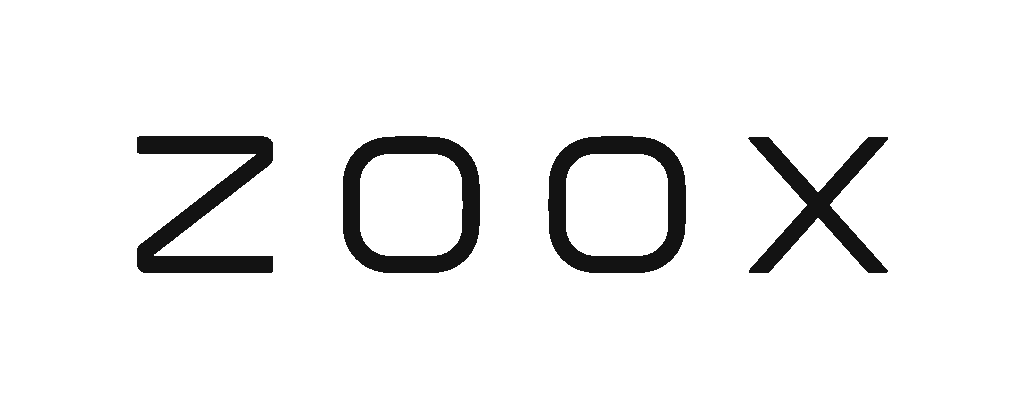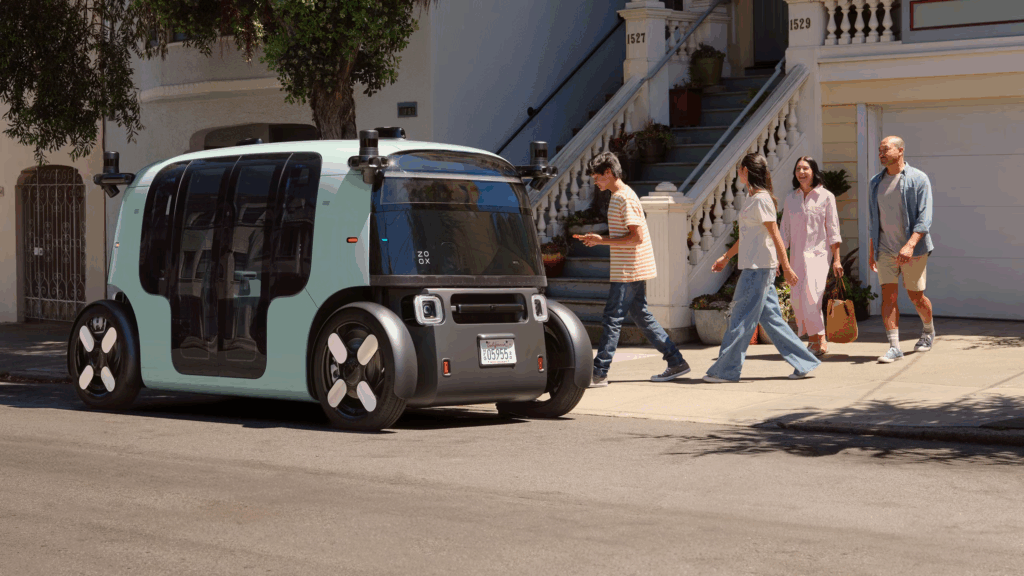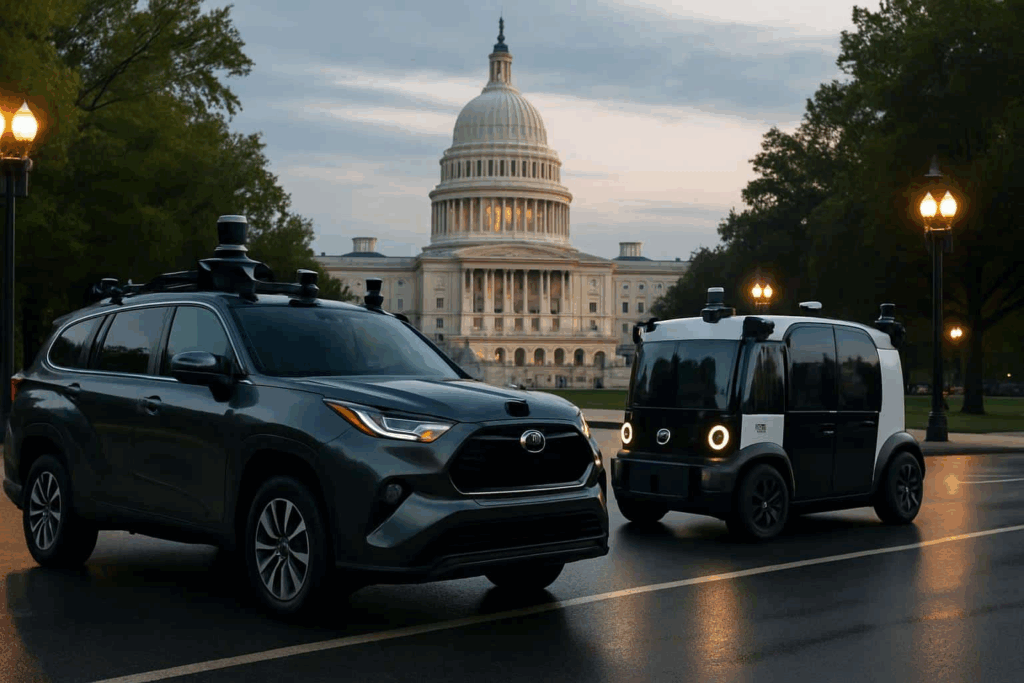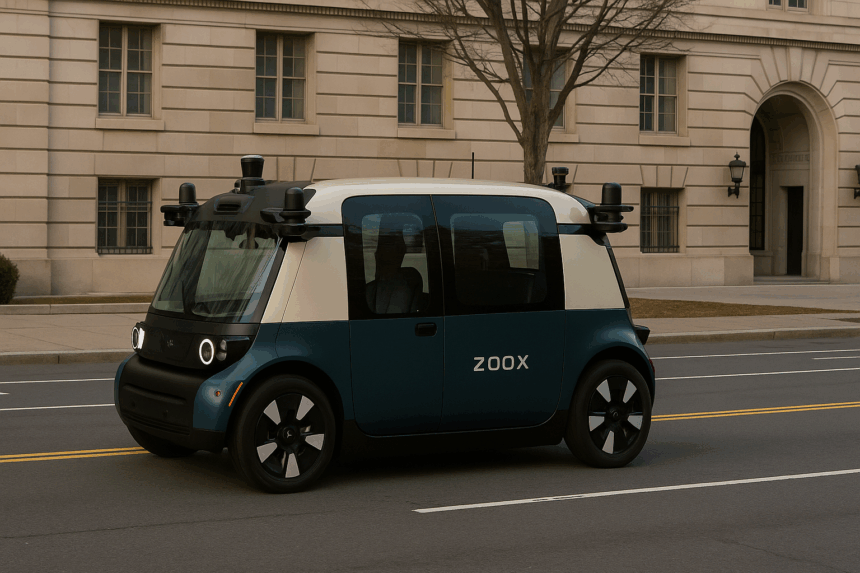Amazon-owned Zoox is rolling its self-driving technology into the streets of Washington, D.C. The company, acquired by Amazon in 2020, added the U.S. capital as its eighth testing market. But instead of unleashing its futuristic pod-shaped vehicles, Zoox is starting cautiously with sensor-packed Toyota Highlander SUVs. These cars, steered by safety drivers, will map the District’s roads before any driverless rides begin.
What’s Happening & Why This Matters
A calculated start in a complicated city

D.C. is not just another market for Zoox. It’s a city that can directly shape the regulatory future of autonomous driving. Testing in the nation’s capital places Zoox under the gaze of lawmakers who can pass rules affecting its future. The city’s “complex and unique street layout,” high pedestrian and bicycle activity, and unpredictable weather conditions create challenges that few other places can match. Add in motorcades that can halt traffic without warning, and the District becomes one of the toughest proving grounds yet.
The Tech and the Roadmap
Zoox vehicles rely on cameras, radar, and LiDAR to build detailed maps. At this stage, human operators will guide the fleet, but the company says full autonomous testing will start in 2025. Its custom-designed robotaxis resemble small pods with no pedals or steering wheels. Each carries four passengers and runs on battery-electric power. These vehicles are not yet on D.C. streets; the mapping phase is a prelude to their debut.

Running Behind Tesla and Waymo

Compared with rivals, Zoox lags. In Las Vegas, the company began offering free rides in September 2025, but it remains the only public market. Paid rides are planned but not yet active. In contrast, Tesla launched its robotaxi service in Austin earlier this year, though early crashes have already attracted federal safety investigators. Meanwhile, Waymo, owned by Alphabet, has scaled commercial robotaxi operations across Los Angeles, Phoenix, and San Francisco, with passengers paying fares comparable to Uber or Lyft. Waymo even began its own D.C. tests in 2024, with a 2026 commercial launch in the works.
Why D.C. Testing

For Zoox, D.C. is not just about technical validation. It’s about credibility. Showing lawmakers and regulators that autonomous driving can safely navigate the capital’s dense, chaotic streets is an indirect pitch for wider acceptance. If Zoox can manage D.C., it can argue it can handle nearly anywhere. Yet, the timing is critical: public opinion about autonomous vehicles is fragile, and every test run in the capital happens under national scrutiny.
TF Summary: What’s Next
Zoox is betting that a methodical approach—mapping first, pods later—will help it catch up with competitors while minimizing missteps. Testing in Washington, D.C. allows the company to demonstrate readiness under the eyes of policymakers and on one of the toughest urban stages. Still, Waymo’s head start and Tesla’s aggressive rollout mean Zoox must accelerate without compromising safety.
MY FORECAST: Zoox’s measured entry into D.C. buys time but risks falling further behind. Expect political scrutiny and high-profile comparisons with Waymo and Tesla to shape Zoox’s next moves.
— Text-to-Speech (TTS) provided by gspeech


